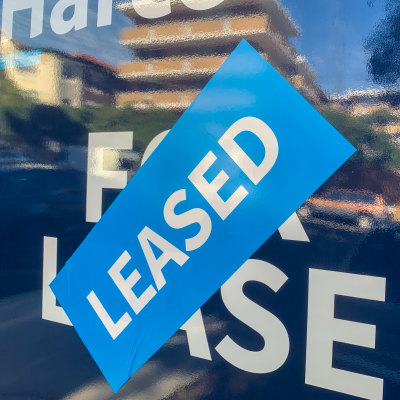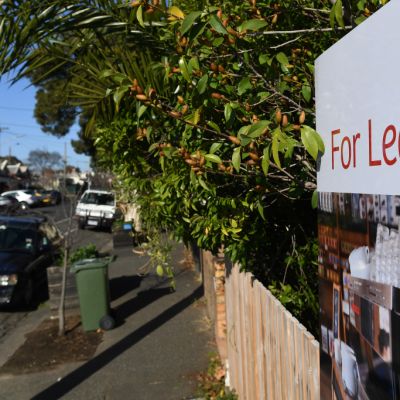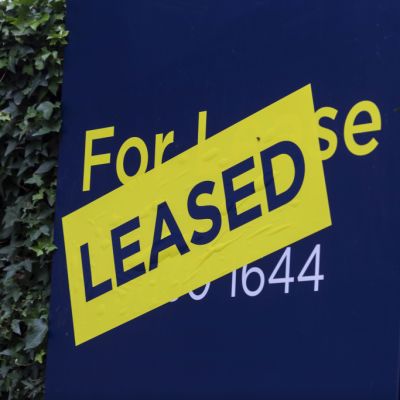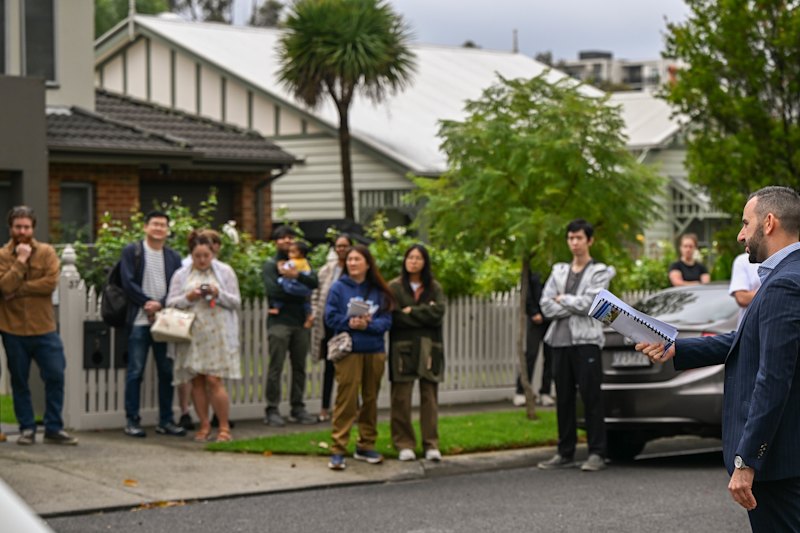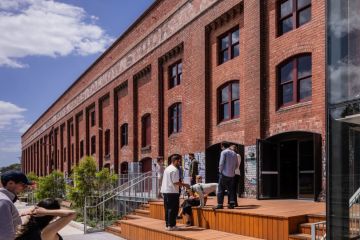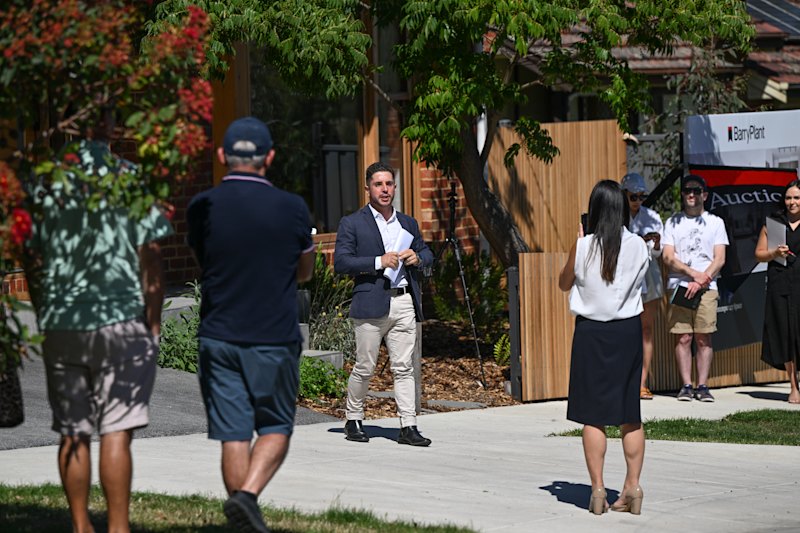‘Incredible struggle’: Supply of rental homes halves in two years
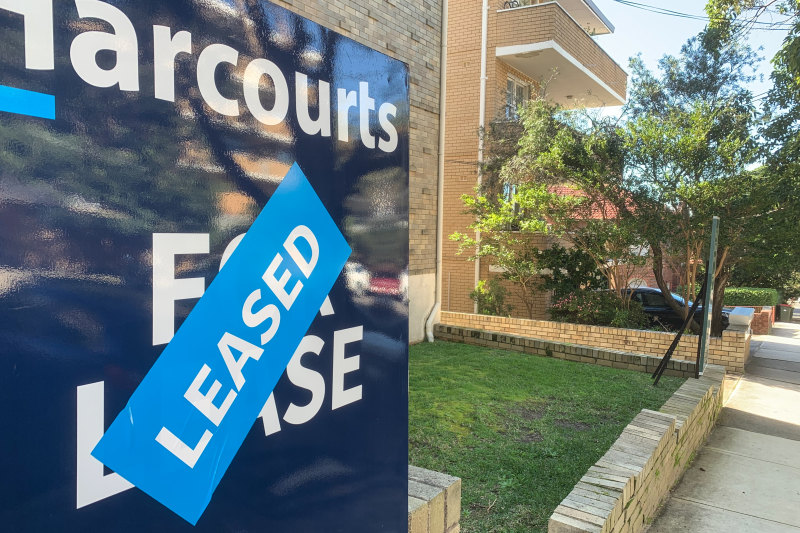
The number of homes available to rent in Australia’s capital cities tightened by a further 5.4 per cent last month to hit a new historic national low – it’s an astonishing 54 per cent slump since May 2020.
Vacancy rates around the country now sit uniformly at crisis levels, the latest Domain Rental Vacancy Rate Report shows, ranging from a critical 0.3 per cent in Adelaide to 0.4 per cent in Hobart, 0.6 per cent in Brisbane and the still-perilous 1.4 per cent in Sydney and 1.6 per cent in Melbourne.

Behind those figures, people in the industry say, are thousands of stories of misery and desperation from people trying to find a rental home and others forced to stay in appalling conditions or endure huge rent rises simply because they don’t have alternatives.
“That rock-bottom vacancy rate is making it an incredible struggle for so many people at the moment,” said Ben Pretty, co-founder of RentRabbit, which acts as a kind of TripAdvisor for rentals. “We’re constantly receiving terrible stories.
“We have one woman in Sydney who’s been living somewhere with a mite infestation and mould everywhere, but she can’t move out as otherwise she’ll be homeless. Meanwhile, we have a mature-aged female student in Melbourne whose landlord has just put up the rent from $390 to $600, quoting ‘current market conditions’.”
Pretty says the low vacancy rate means some investors aren’t bothering to maintain their properties or are raising rents to unjustified levels, knowing their tenants can’t find anywhere else.
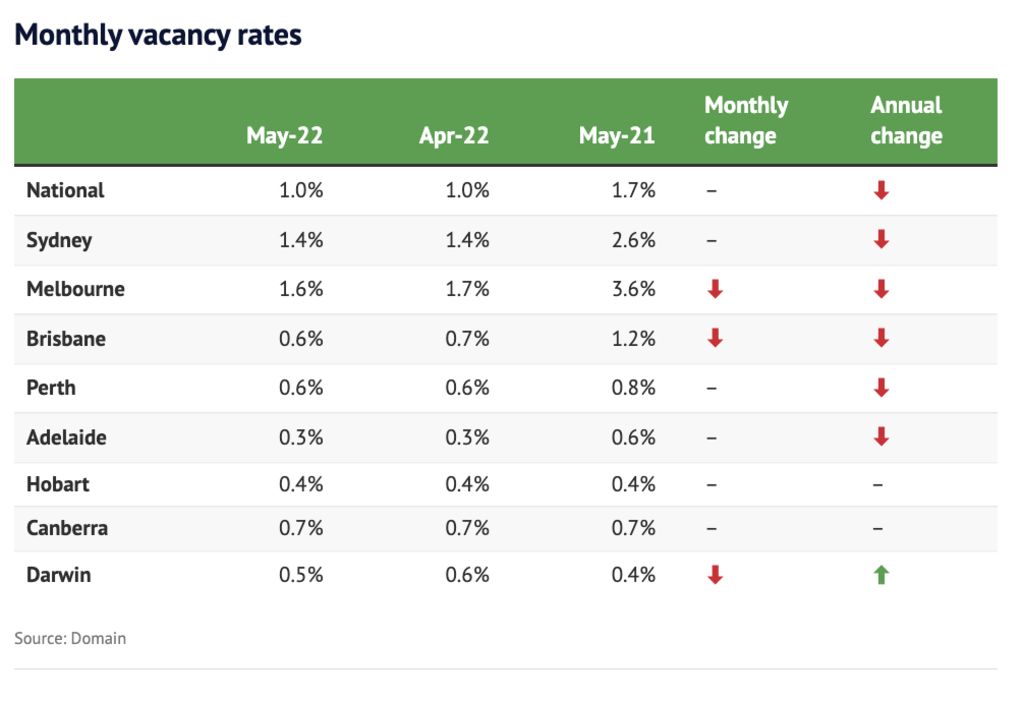
There is little sign of change on the horizon, either.
Emily Sim, property management chief executive with the Ray White Group, says the rental crisis is a result of the housing supply shortage.
That’s been exacerbated by so many investors selling to capitalise on stellar property price rises, and COVID-19 affecting the price and supply of building materials and causing a labour shortage in the construction industry.
“We need to see a number of things change to improve this situation,” Sim said. “We need our borders to be open and attract more workers, and if firms say workers have to be back in their offices, then that might release some more accommodation on the coast and in the country.
“Maybe there’ll be some relief, too, as prices start to come off and investors decide to hold on to their properties. But at the moment the only advice I can give to renters is to try and secure a longer lease of two to three years, and lock it in without a rent increase.”
A healthy rental market is said to be one with a 3 per cent rental vacancy rate – although anything under 5 per cent is classified in New York as a “housing emergency”, says Leo Patterson Ross, chief executive of the Tenants Union of NSW. Yet the Domain report shows none of our capital cities are anywhere near that 3 per cent, and the situation is deteriorating.
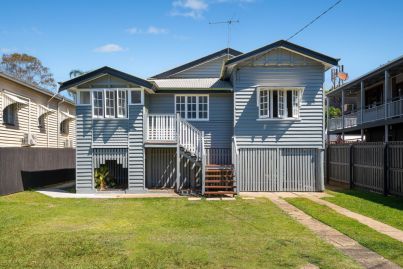

In Sydney, the number of rental homes available fell 3.3 per cent in May to just under 8000, and in Melbourne by a massive 8.3 per cent to just above 8200.
Domain chief of research and economics Dr Nicola Powell said: “All capital cities remained in a landlords’ market in May, with a shortage in the supply and availability of rentals driving prices up and increasing competition for prospective tenants.
“The current conditions bolster the likelihood of future rent increases and could see lower vacancy rates remain in the coming months,” Powell said.
PRD Real Estate chief economist Dr Diaswati Mardiasmo said it could be at least 18 months before the situation improved. With the main problem being the lack of supply of housing, and the government concentrating mainly on the demand side – helping more people to buy homes – significant change looks to be a long way off.
“It doesn’t help that the cash rate is now going up, which means investors have less borrowing power,” Mardiasmo said. “Also, regional house prices and rents have risen so much, and they also have record low vacancy rates, so it’s not as though they provide options any more.
“We need to have a policy in place that looks at supply and helping investors, but it’s going to take a long time to get those rates back up to 3 per cent. I would say that, even with those, it would take 18 months-plus.”
In the meantime, so many people are suffering enormous stress from not being able to find affordable rentals, or feeling unable to assert their rights in any disputes with their landlord, says Emma Greenhalgh, chief executive of National Shelter.
“It’s often their health, safety and wellbeing that’s at risk,” she said. “We’ll see the impacts of this crisis playing out over the next five to 10 years.
“We’re also seeing a lot of rents being put up to really inappropriate levels, but when the alternative is competing with 30 to 60 people for each property, sometimes it’s easier to try to find the extra money, especially if you have children. We’re seeing a lot of people really suffering.”
We thought you might like
States
Capital Cities
Capital Cities - Rentals
Popular Areas
Allhomes
More
